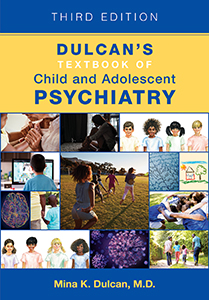Sections
Excerpt
The twenty-first century has seen a steady, if tenuous, rise in the visibility of individuals who are lesbian, gay, bisexual, transgender, or queer/questioning (LGBTQ+). Social media can highlight often-overlooked stories of queer youth and mainstream power structures, including in academic medicine, allowing for more space for LGBTQ+ youth to be heard and understood. LGBTQ+ youth make up approximately 10% of the population (Conron 2020), but many of these children and adolescents are a part of a hidden minority, with some forced to hide their identity across multiple familial and social domains. In contrast with other minority populations, LGBTQ+ youth have a core sense of identity that most often is not shared by their primary caregivers, and LGBTQ+ youth face significant stigma and bias in all aspects of life. LGBTQ+ youth have significant mental health needs, including higher rates of depression, anxiety, substance use, and disordered eating compared with their heterosexual and cisgender peers (cisgender refers to individuals whose gender identity matches their sex assigned at birth). Furthermore, LGBTQ+ youth have a significantly higher rate of suicide attempts than do non-LGBTQ+ youth; in U.S. population surveys, 29.4% of lesbian, gay, and bisexual youth reported a suicide attempt in the past year, compared with 6.4% of heterosexual youth, and 41% of transgender individuals reported having ever attempted suicide, with more than 90% of those attempts occurring before age 25 years (Kann et al. 2015; Marshal et al. 2011; Toomey et al. 2018).
Access content
To read the fulltext, please use one of the options below to sign in or purchase access.- Personal login
- Institutional Login
- Sign in via OpenAthens
- Register for access
-
Please login/register if you wish to pair your device and check access availability.
Not a subscriber?
PsychiatryOnline subscription options offer access to the DSM-5 library, books, journals, CME, and patient resources. This all-in-one virtual library provides psychiatrists and mental health professionals with key resources for diagnosis, treatment, research, and professional development.
Need more help? PsychiatryOnline Customer Service may be reached by emailing [email protected] or by calling 800-368-5777 (in the U.S.) or 703-907-7322 (outside the U.S.).



